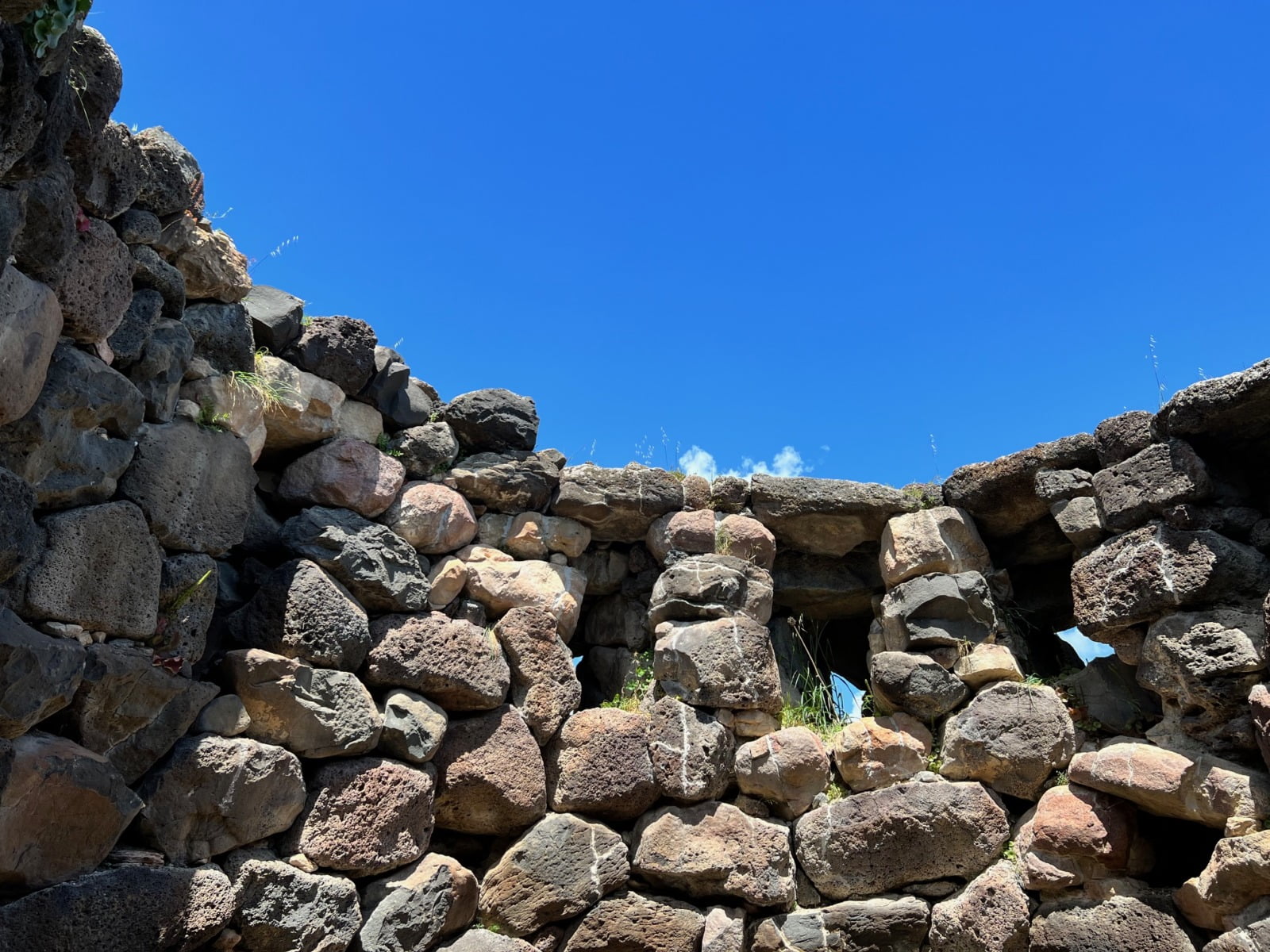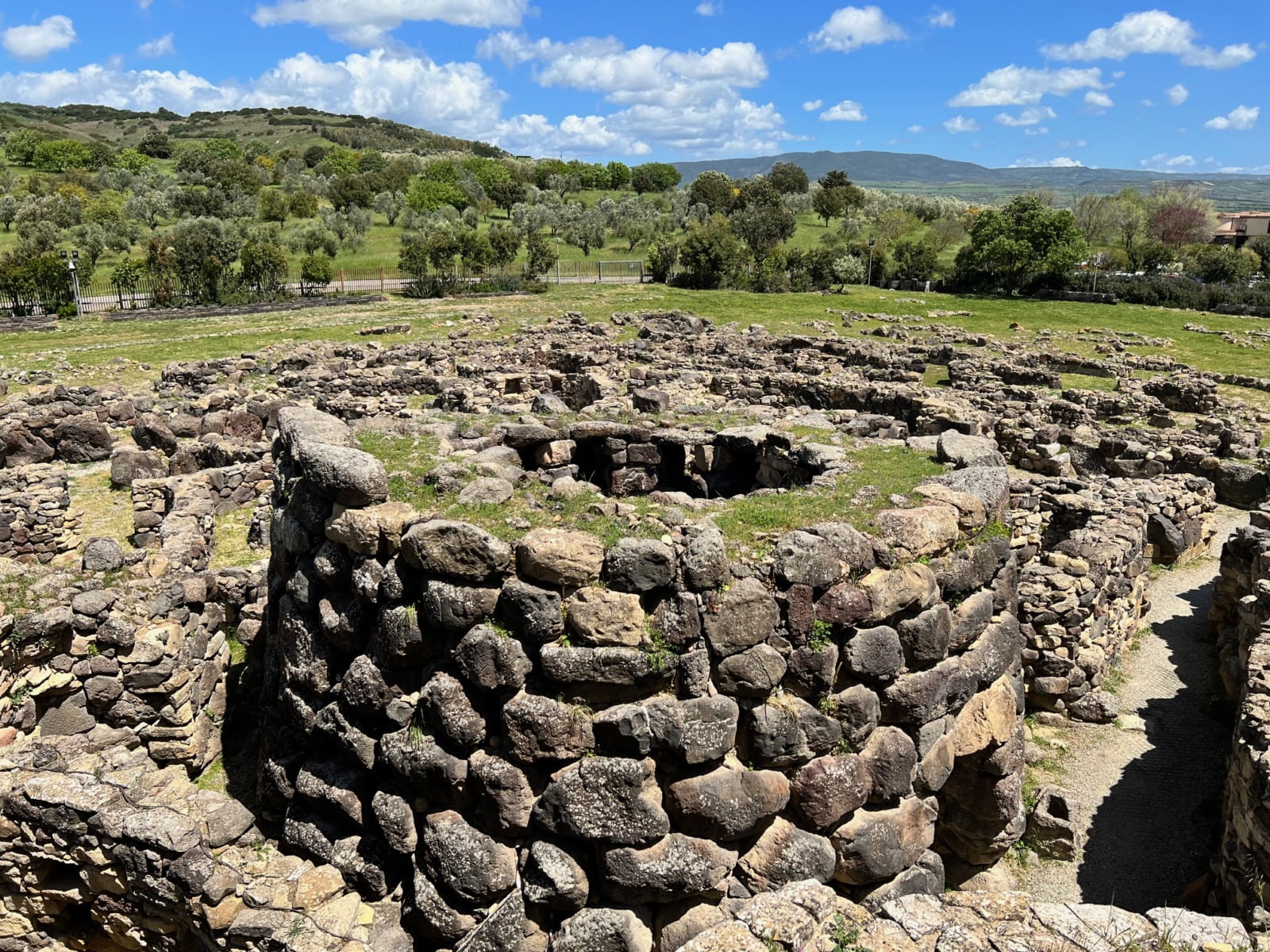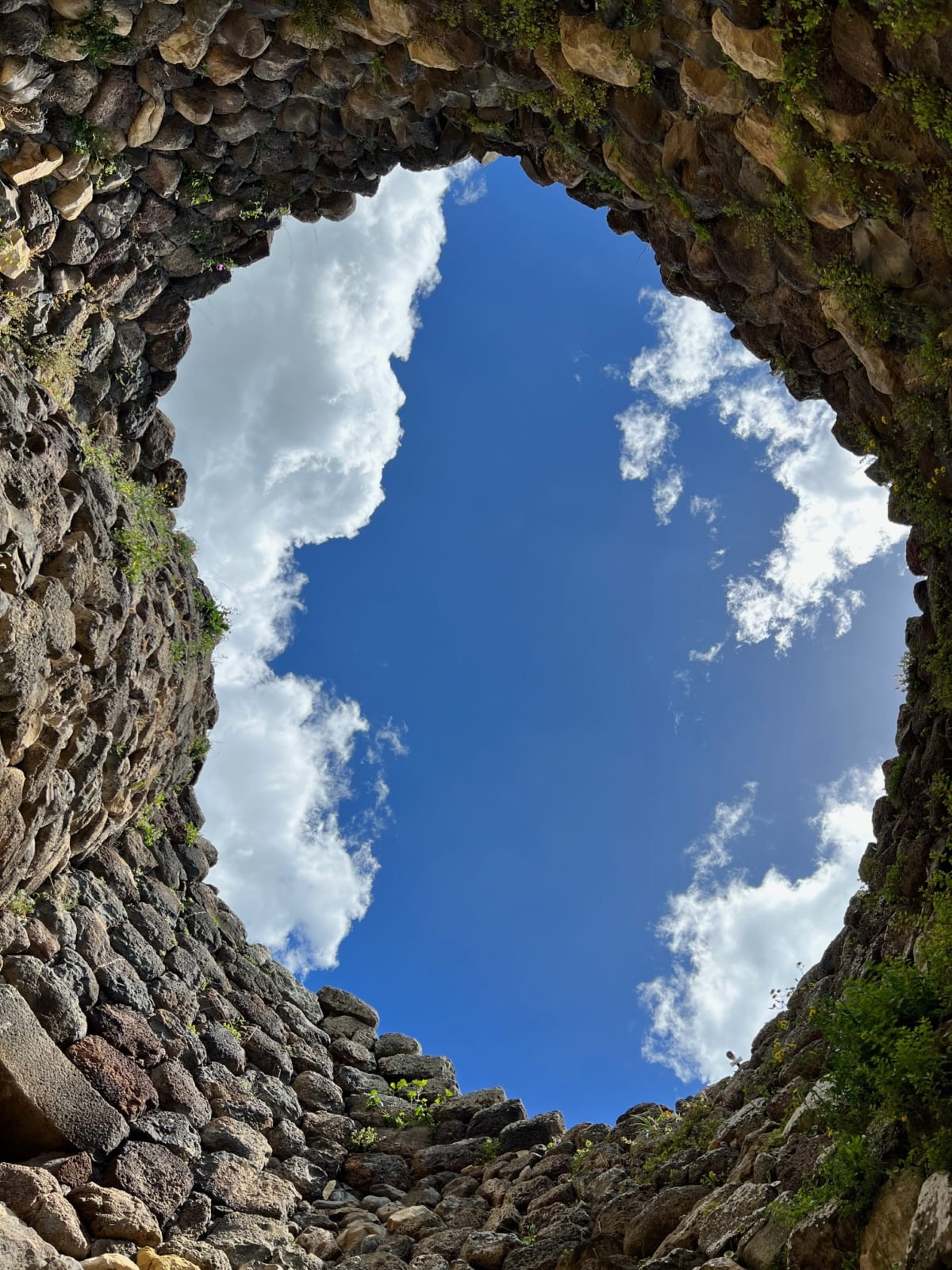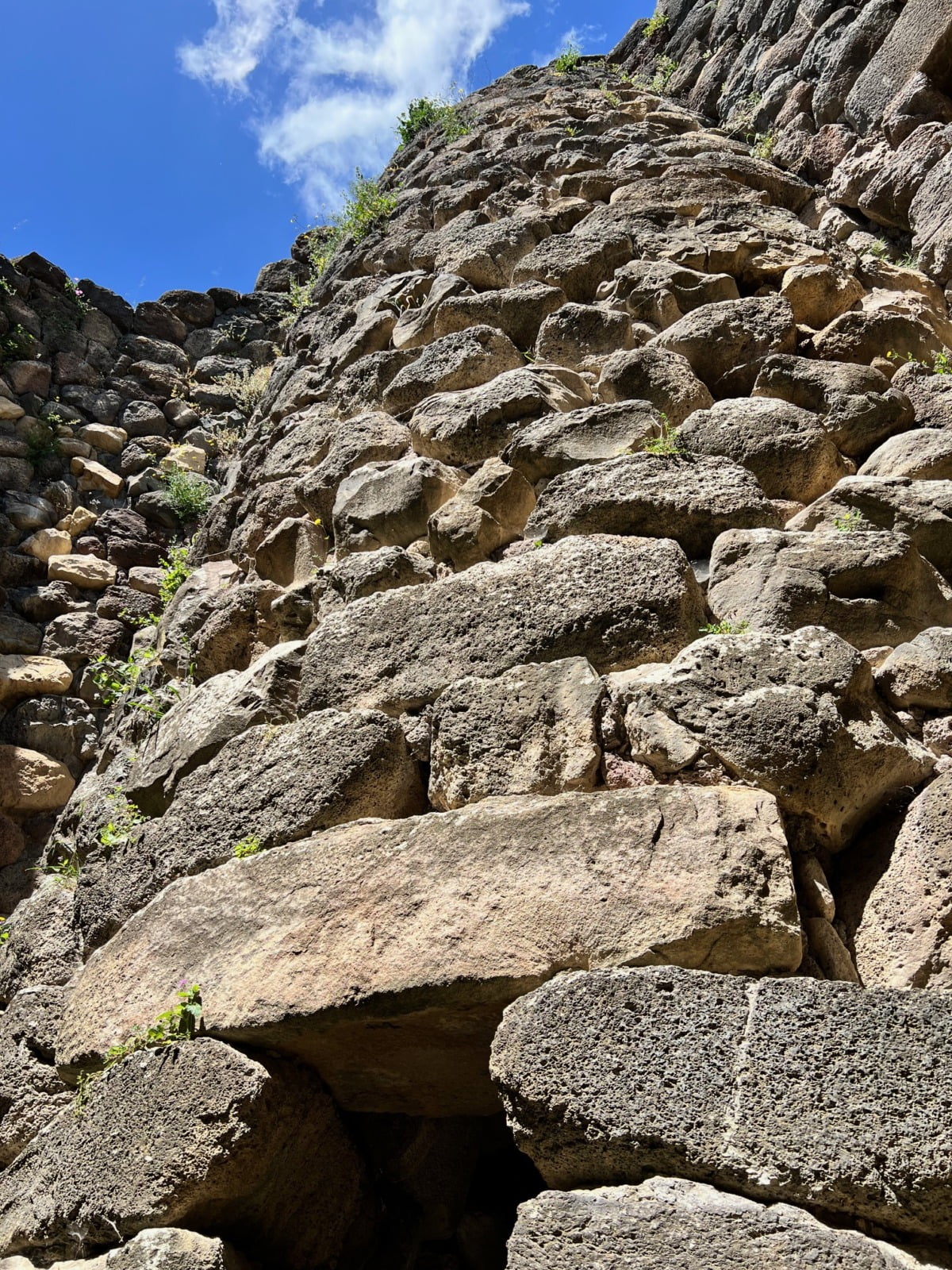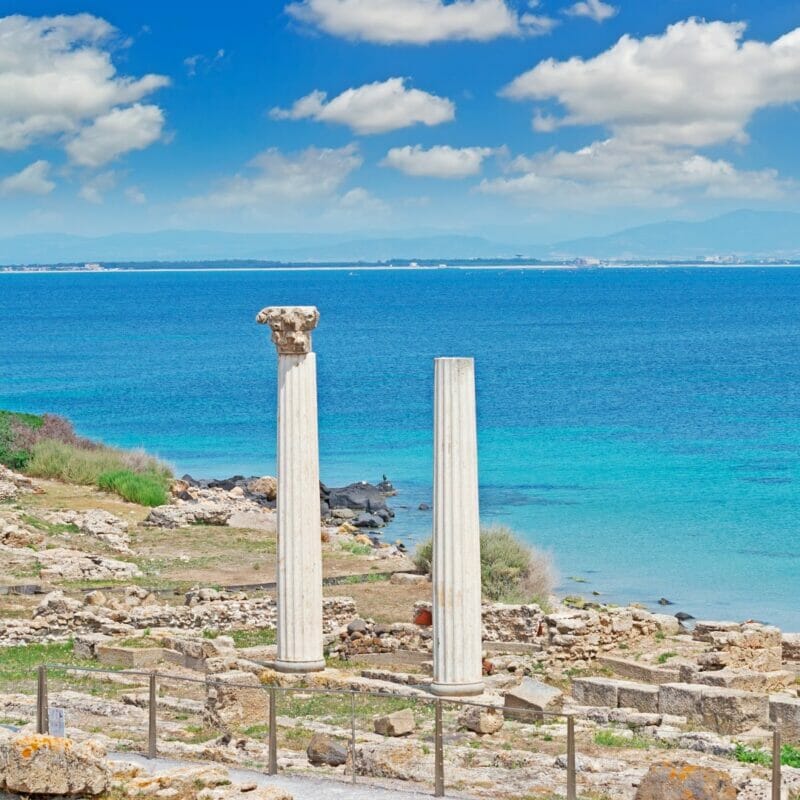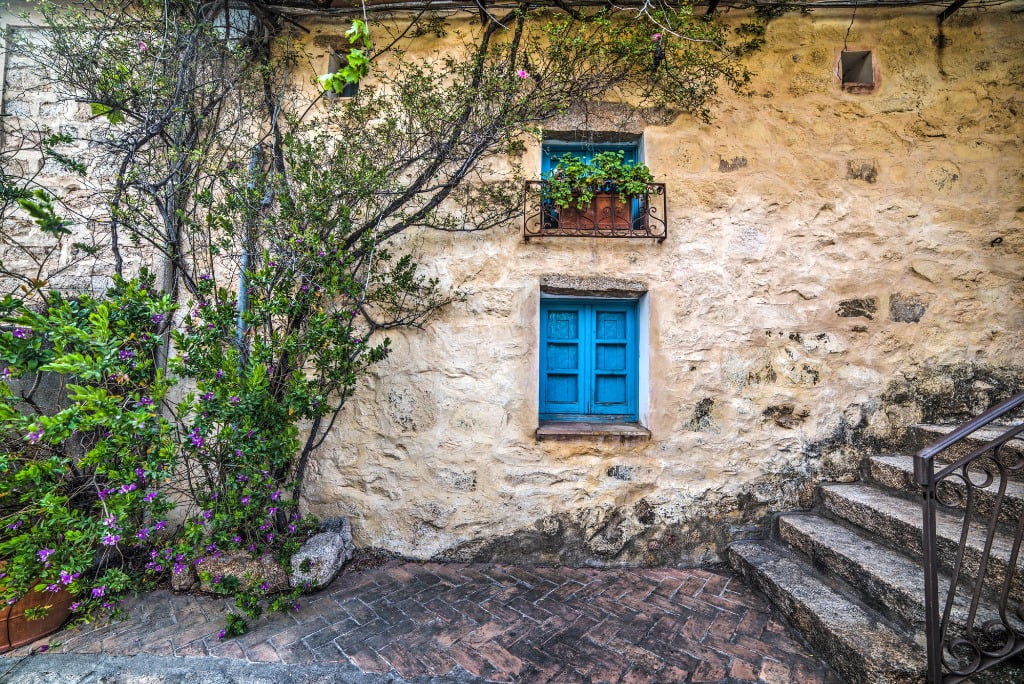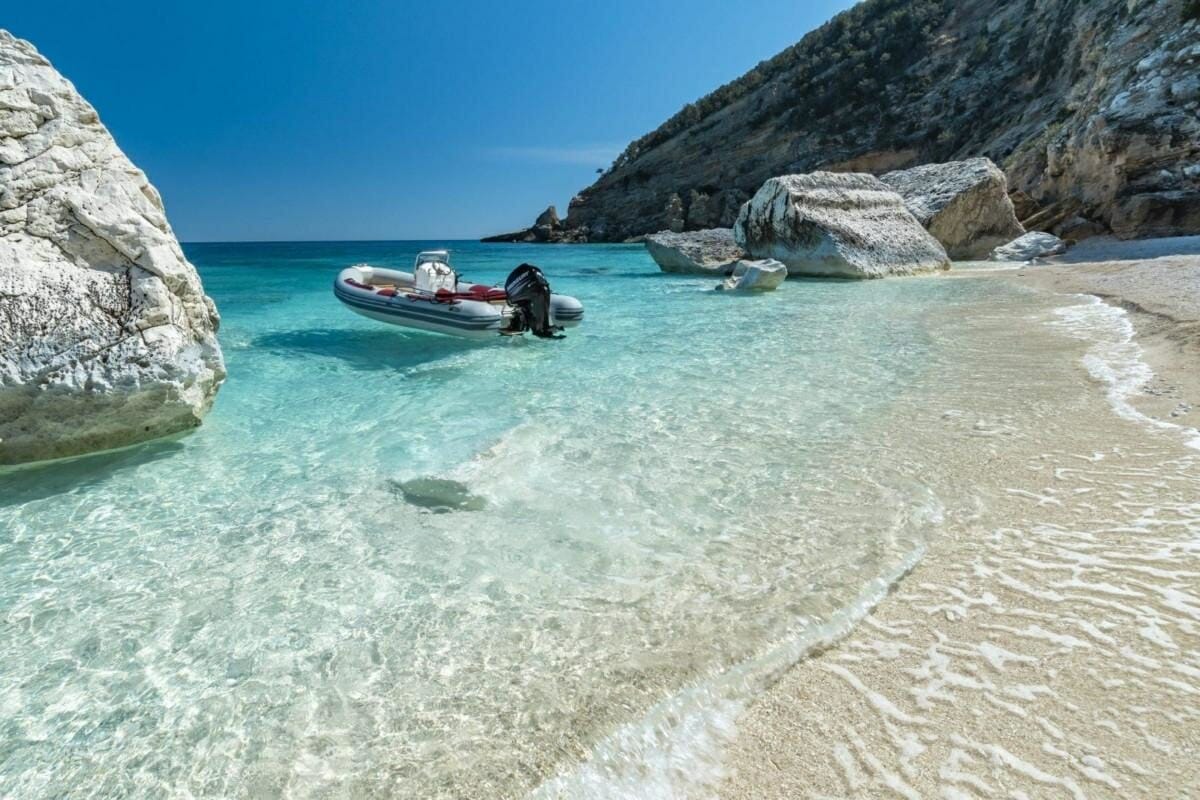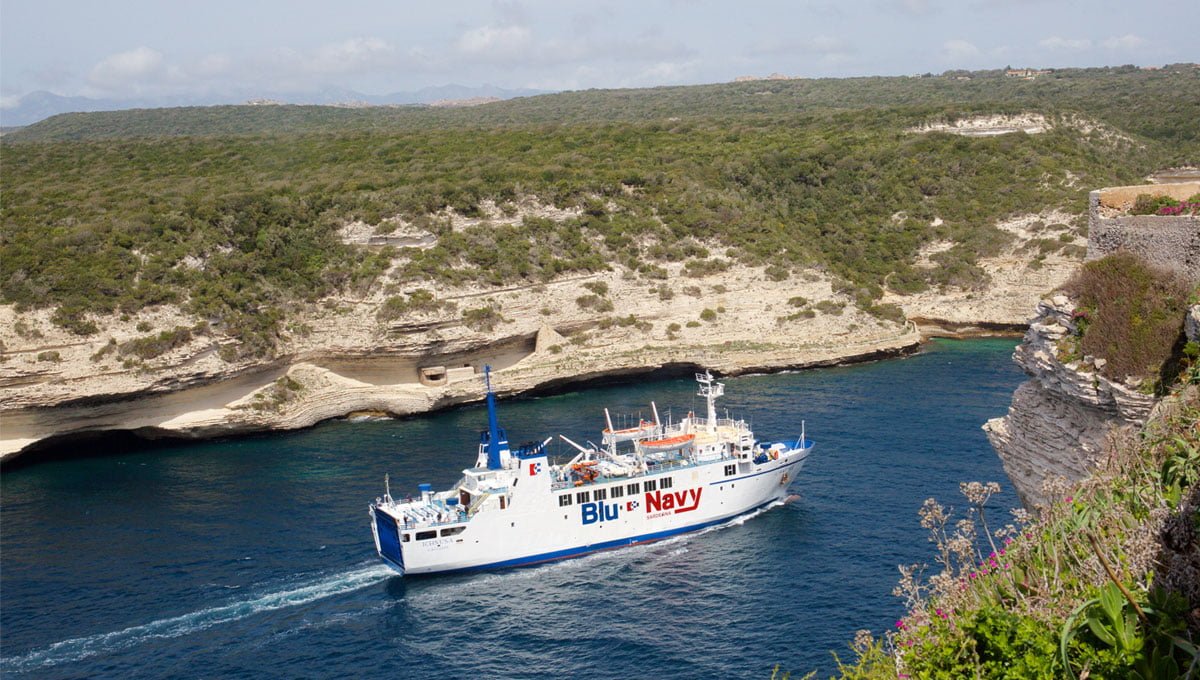Barumini Nuraghe and Nuragic Complex
Sardinia, overlooking the clear waters of the Mediterranean, is a land rich in history and tradition. Among its archaeological gems is the Nuragic Complex of Barumini, an extraordinary site that testifies to the grandeur and complexity of the Nuragic civilisation. This fascinating complex of ancient stone towers offers a unique insight into the life of a mysterious people who dominated the island for centuries.
Origins and Meaning of the Nuraghi
Nuraghi are mainly tower-shaped megalithic constructions and are emblematic of the Nuragic culture that flourished in Sardinia. Although there are more than 7,000 nuraghi scattered around the island, the Nuragic Complex of Barumini is one of the most extraordinary and best-preserved sites.
The origin of the term 'nuraghe' is still debated among archaeologists. Some argue that it derives from the Semitic word 'nur,' meaning 'light,' while others link it to the Sardinian word 'nurra,' meaning shelter or dwelling. Regardless of etymology, the nuraghi represent a unique chapter in the history of Sardinian civilisation.
The Magnificence of the Nuragic Complex of Barumini
Located in the Marmilla region in the heart of southern Sardinia, the Nuragic Complex of Barumini is dominated by the Nuraghe Su Nuraxi, an imposing example of megalithic architecture. The structure, built with square blocks, stands majestically in the landscape, attracting visitors from all over the world.
The site of Barumini was discovered in 1950 by a local farmer, but it was only in the 1970s that archaeological excavations brought to light the hidden magnificence of this Nuragic complex. Today, the Nuragic Complex of Barumini is recognised as a UNESCO World Heritage Site, a tangible witness to the extraordinary engineering and architectural skill of the nuraghi.
Photos of Barumini
See photographs of the Su Nuraxi Nuragic Complex - Barumini
Architecture and Structure of the Nuraghe Su Nuraxi
The Nuraghe Su Nuraxi, the beating heart of the Barumini Complex, is a complex structure on several levels. The central tower, approximately 18 metres highis surrounded by a series of smaller courtyards and towers, creating a labyrinth of corridors and rooms.
Experts believe that the Nuraghe Su Nuraxi was initially a defensive structure, with its elevated position offering a strategic advantage over the surrounding plain. However, over the centuries, the function of the nuraghi may have changed from military to more social or religious purposes.
Life in the Nuraghi
Although the exact function of nuraghi remains a mystery, archaeologists have gleaned some information about the daily life of those who inhabited these majestic structures. Nuragic dwellings were built to fit the topography of the terrain, with thick walls and narrow windows that provided thermal insulation and defence.The rooms of the nuraghi were probably used for different purposes, such as food storage, metalworking and residence. The presence of wells and cisterns suggests intense agricultural and pastoral activity in the surrounding area, while the artefacts found indicate considerable craftsmanship.
The Cultural and Spiritual Significance of the Nuraghe
The Nuragic complex of Barumini is not only an example of advanced engineering, but also an important cultural and spiritual centre. In the vicinity of the nuraghi one often finds places of worship where rituals and practices related to the spirituality of the Nuragics were held. Sacred objects and votive figurines found during excavations indicate a complex religious life.The symbolism of the nuraghi is still subject to study and interpretation. Connections with solar and lunar symbolism are not excluded, nor are astronomical or ritual meanings.
Preserving the Past for the Future
The Nuragic Complex of Barumini is an archaeological treasure that has withstood the passage of centuries. However, the conservation of these sites is an ongoing challenge. Factors such as erosion, air pollution and tourism can threaten the integrity of these ancient structures.
Conservation and restoration efforts are essential to preserve the Nuragic heritage for future generations. Excavation, monitoring and public awareness projects are essential to ensure that the Nuragic Complex of Barumini continues to play its role as a bridge to the past, offering new perspectives on Sardinia's rich history.
Local, national and international institutions have worked together to ensure the preservation of this heritage. Research programmes, funding for excavations and educational initiatives have helped to shed light on the mysteries of the nuraghi and to share these discoveries with the public.
Modern technology is offering new tools to explore and better understand the secrets of the past. The integration of multidisciplinary approaches allows archaeologists to gain a more comprehensive view of the daily life, social structure and spiritual beliefs of the Nuragic people.
The Charm of Barumini for Visitors
In addition to its historical and archaeological value, the Nuragic Complex of Barumini attracts visitors from all over the world with its unique charm. Tourists can explore the towers and courtyards, immersing themselves in the atmosphere of a bygone era. The spectacular surrounding panoramas offer a breathtaking view of the Sardinian countryside, contributing to an unforgettable experience.
Visitors can appreciate not only the architecture but also the surrounding environment, enriched by the local flora and fauna. The guided tour, indispensable to fully understand the structure, provides valuable information on the historical, cultural and environmental context of the Nuragic Complex of Barumini, offering a more complete view of the Nuragic heritage.
A Journey through Time among the Structures of Barumini
The Nuragic Complex of Barumini is much more than a collection of ancient stone towers; is a portal that transports us back in timeallowing us a glimpse into the life and culture of an ancient people. Its architectural magnificence, structural complexity and cultural significance make this site unique.
As we continue to discover new details about the Nuragic civilisation through excavations and research, it is essential to preserve and protect the Nuragic Complex of Barumini for future generations. This extraordinary site represents a shared heritage that unites the past and the present, offering us a window on the extraordinary history of Sardinia. The journey among the nuraghi and nuragic villages is an invitation to reflect on the fragility and resilience of humanity in the face of the challenges of time.
Where Barumini is located
Close to the Giara di Gesturi and not far from the Nuraghe Arrubiu, Barumini is located in central-southern Sardinia
Opening Hours Barumini
The Nuragic Complex of Barumini is open daily from 09.00 to 16.00/16.30 in winter and until 19.00/20.00 in summer.
access by ticket only
access permitted with dogs on a leash
no climbing on structures
do not litter the area
Frequently asked questions
Frequently asked questions
What is the largest Nuragic Complex in Sardinia?
The nuragic complex of Barumini, with the nuraghe and the surrounding nuragic village
Where is Barumini Su Nuraxi?
Su Nuraxi, [su nuraʒi] or, more appropriately, the Nuragic village of Su Nuraxi, is a human settlement dating back to the Nuragic age located in the Barumini area of central southern Sardinia
How useful was this post?
Click on a star to rate it!
Average rating 4.9 / 5. Vote count: 20
No votes so far! Be the first to rate this post.






